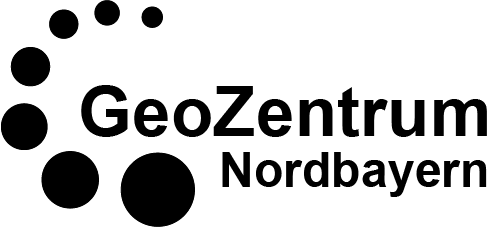Geokolloquium: Montag 28.11.2022
Titel:
Vortragender: Dr. Jia Chang
Universität Bayreuth
Post-subduction porphyry Cu (Mo, Au) deposits represent an economically important class of porphyry-type ore deposits. However, in contrast to normal, subduction-related porphyry deposits, the magma source of post-subduction porphyry Cu deposits remains highly debated, and the content and evolution of magmatic ore metals (e.g., Cu, Mo, Au) and volatiles (e.g., H2O, CO2, S and Cl) is poorly constrained. To address these issues, we performed petrological and geochemical studies and high P-T piston-cylinder experiments on samples from the Sanjiang region of SW China, which represents the largest post-subduction porphyry Cu belt on Earth. Popular models propose that the felsic, ore-forming magmas formed by partial melting of lower-crustal, sulfide-rich arc cumulates, with or without minor contribution of mafic potassic magmas. In contrast, our results suggest that the origin of these magmas can be well explained by differentiation of mantle-derived potassic mafic magmas without the involvement of any crustal material. The Sanjiang ore-forming magmas seem to have ascended directly from the lower crust (≥1.0 GPa) to the middle to upper crust (0.4 ± 0.1 GPa) and to have contained 8‒10 wt% H2O, 4000‒8000 μg/g Cl, 650‒3000 μg/g S, 40‒200 μg/g Cu, 6‒14 μg/g Mo and 7‒15 μg/g W. Exsolution of ore fluids due to further magma crystallization at mid- to upper crustal levels depleted these components in the residual melts to ≤2000 μg/g Cl, <650 μg/g S, 10‒30 μg/g Cu, 1‒3 μg/g Mo and 2‒6 μg/g W. The ore fluids seem to have traveled over 8‒12 km to the site of ore precipitation at ~3‒4 km crustal depth.

